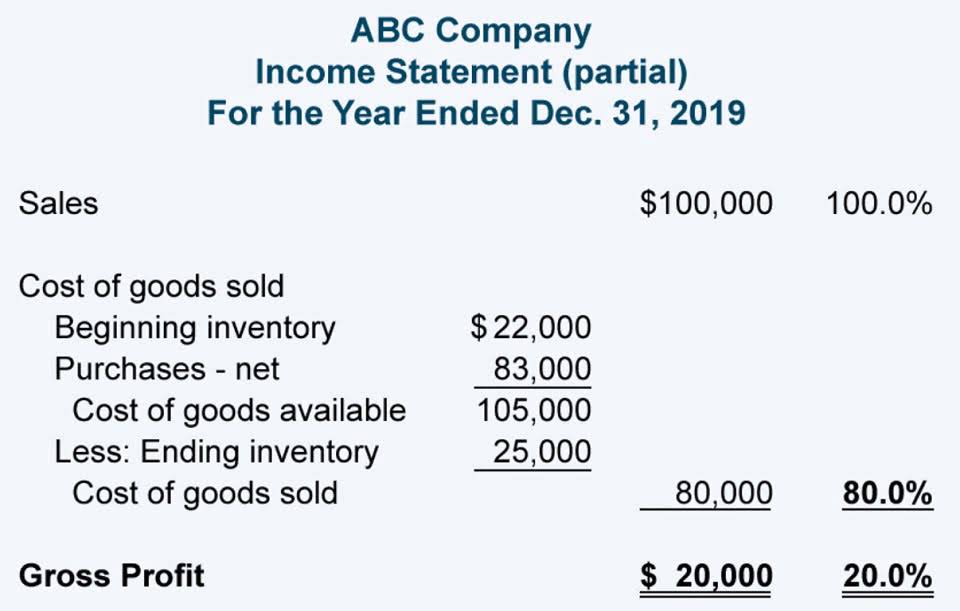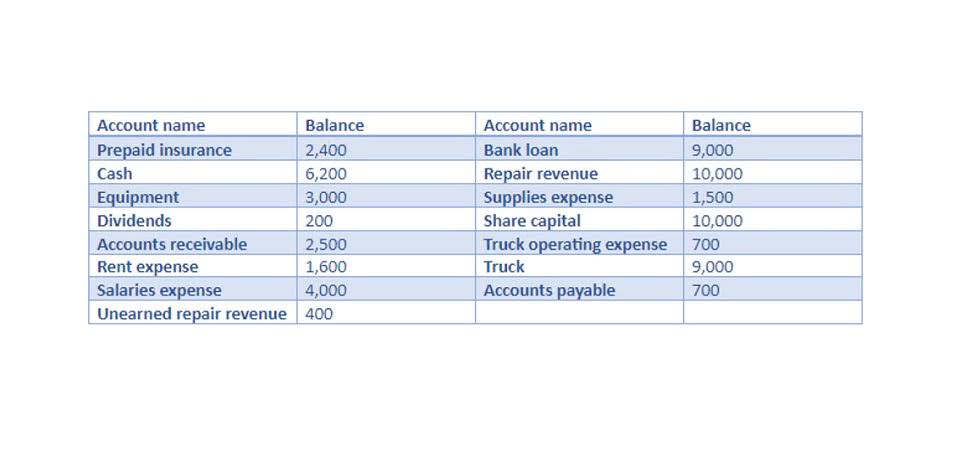Contribution Margin Ratio Revenue After Variable Costs
Bookkeeping 2021年2月8日 2

Pricing strategies must account for market positioning and customer value perception. A high contribution margin ratio allows more flexibility to temporarily lower prices to gain market share or counter competition. Conversely, a lower ratio might require maintaining or increasing prices to preserve margins. Striking this balance demands a deep understanding of market dynamics and consumer behavior to align pricing decisions with broader business objectives.
Formula for contribution margin per unit:
For instance, if you sell a product for $100 and the unit variable cost is $40, then using the formula, the unit contribution margin for your product is $60 ($100-$40). This $60 represents your product’s contribution to covering your fixed costs (rent, salaries, utilities) and generating a profit. In the Dobson Books Company example, the total variable costs of selling $200,000 worth of books were $80,000. Remember, the per-unit variable cost of producing a single unit of your product in a particular production schedule remains constant.

Fixed cost
For instance, negotiating better supplier terms gross vs net or improving operational efficiencies can lower costs without compromising quality. Businesses must analyze cost structures to identify savings opportunities while maintaining competitive pricing. Accurate reporting of these costs ensures compliance with accounting standards like GAAP or IFRS. Similarly, we can then calculate the variable cost per unit by dividing the total variable costs by the number of products sold. As mentioned earlier, the contribution margin ratio can help businesses determine the lowest possible price at which sales can be made and still break even. This analysis can aid in setting prices, planning sales or discounts, and managing additional costs like delivery fees.
Ready to Level Up Your Career?
The ratio is particularly valuable for businesses with multiple product lines, enabling comparative analysis of profitability. If another product has a contribution margin ratio of 30%, the company may prioritize the higher-margin product, assuming demand and strategic goals align. In the same example, CMR per unit is $100-$40/$100, which is equal to 0.60 or 60%. So, 60% of your revenue is available to cover your fixed costs and contribute to profit. Assuming factors like demand and competition are equal, the company should make the product with the highest return relative to variable costs in order to maximize profits.
- You pay fixed expenses regardless of how much you produce or sell.
- Investors and analysts use the contribution margin to evaluate how efficient the company is at making profits.
- The contribution margin ratio represents a company’s revenue minus variable costs, divided by its revenue.
- That is, it refers to the additional money that your business generates after deducting the variable costs of manufacturing your products.
- It is considered a managerial ratio because companies rarely report margins to the public.
- Remember, the per-unit variable cost of producing a single unit of your product in a particular production schedule remains constant.
Income Statement
Businesses aim to grow sales through marketing, bundling, or expanded distribution channels. However, increased sales must not lead to proportionately higher variable costs. Effective sales forecasting and demand planning are essential to balance growth with cost management.
- Learn financial statement modeling, DCF, M&A, LBO, Comps and Excel shortcuts.
- For instance, if you sell a product for $100 and the unit variable cost is $40, then using the formula, the unit contribution margin for your product is $60 ($100-$40).
- If another product has a contribution margin ratio of 30%, the company may prioritize the higher-margin product, assuming demand and strategic goals align.
- This is because it indicates the rate of profitability of your business.
- Direct Costs are the costs that can be directly identified or allocated to your products.
- After almost a decade of experience in public accounting, he created MyAccountingCourse.com to help people learn accounting & finance, pass the CPA exam, and start their career.
Expressed as a percentage, it provides a clear view of product or service profitability. While contribution margin is expressed in a dollar amount, the contribution margin ratio is the value of a company’s sales minus its variable costs, expressed as a percentage Restaurant Cash Flow Management of sales. However, the contribution margin ratio won’t paint a complete picture of overall product or company profitability. While the contribution margin ratio is a percentage, actual contribution margin dollars increase with higher unit sales if the ratio remains constant. Selling more units generates greater total contribution margin dollars, which can cover fixed costs and boost profitability.
Strategies to Reduce Inventory Holding Costs in 2024
Below is a break down of subject weightings in the FMVA® financial analyst program. As you can see there is a heavy focus on financial modeling, finance, Excel, business valuation, budgeting/forecasting, PowerPoint presentations, accounting and business strategy. The calculation of the contribution margin ratio is a three-step process. The benefit of expressing the contribution margin as a percentage is that it allows you to more easily compare which products are the most valuable to your business.


Now, let’s try to understand the contribution margin per unit with the help of an example. One packet of whole wheat bread requires $2 worth of raw material. The electricity expenses of using ovens for baking a packet of bread turns out to be $1.
Now, it is essential to divide the cost of manufacturing your products between fixed and variable costs. That said, most businesses operate with contribution margin ratios well below 100%. For example, it can help a company determine whether savings in variable costs, such as reducing labor costs by using a new machine, justify the increase in fixed costs. This assessment cm ratio ensures investments contribute positively to the company’s financial health. In the next part, we must calculate the variable cost per unit, which we’ll determine by dividing the total number of products sold by the total variable costs incurred.